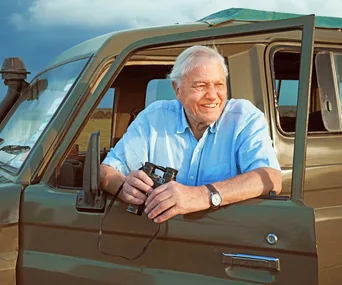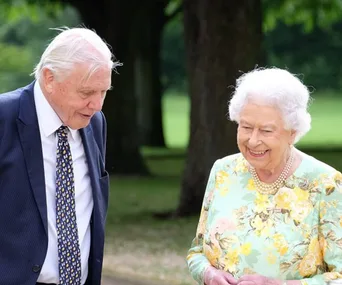More than a decade ago, naturalist Sir David Attenborough stunned the world with the first look at life in the Arctic and Antarctic.
The show featured unprecedented footage that gives a rare insight into that frozen world.
Now, Frozen Planet II returns with the iconic presenter helming the new project.
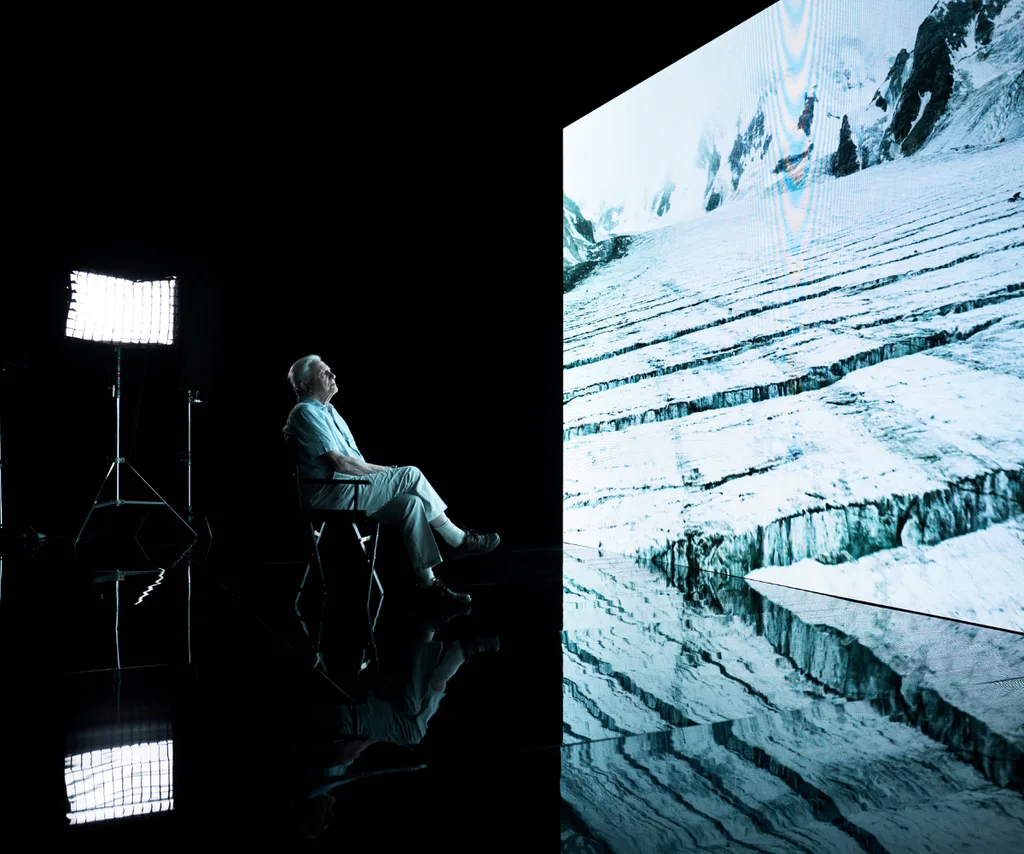
Poles apart: David Attenborough watches preview footage from the Arctic to prepare his narration.
(IMAGE: Supplied)The six part series begins in Antarctica, the most hostile environment on the planet.
In the spring, Emperor penguin chicks are abandoned by their parents and must find their own way across the treacherous ice into the Southern Ocean.
All the while, killer whales are waiting to pounce on their prey, usually penguins or seals.
To get to the vast southern continent to film the event took more than three years, Australian cinematographer Alex Vail tells TV Week.
”We nearly didn’t make it down there,” he explains.
”The first year, the station had logistical difficulties, the second year COVID got in the way, and the third year was our final chance.
”With the ice melting it was a race against time to capture footage of the chicks as they walk from the colony out to the edge of the sea ice and jump into the water for the first time. There were times we’d go out to the sea ice and there’d be 200 metres less ice than the day before.”
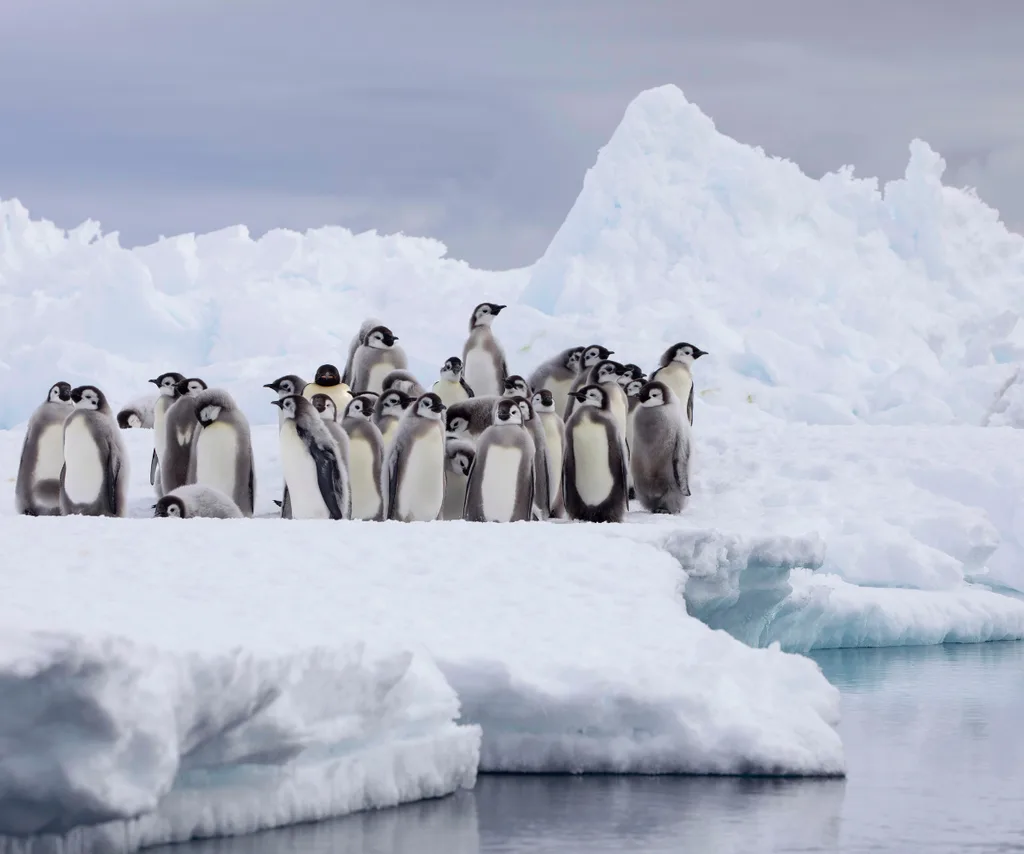
Waiting for the moment Emperor penguin chicks take to the water for the first time.
(IMAGE: Supplied)On another shoot, in the Arctic, Alex tells how he was in a tiny cabin where there were the claw marks of a polar bear on the cabin – on the inside.
He also suffered frostbite and nerve damage from operating the camera in the extreme cold.
The rest of the series captures wildlife dramas that unfold across the freezing climates, in high mountains, frozen deserts and snowbound forests.
From polar bears to penguins, Siberian tigers to snow monkeys, each species must overcome unique challenges to survive.
With a front row seat to the impact of humans on the environment, film crews witness first hand the effects of climate change on the environment.
Frozen Planet II is no different.
With the Arctic and Antarctic ice shelves disappearing as temperatures rise, Frozen Planet II reveals the true impact a warming planet is having a wildlife and humans alike.
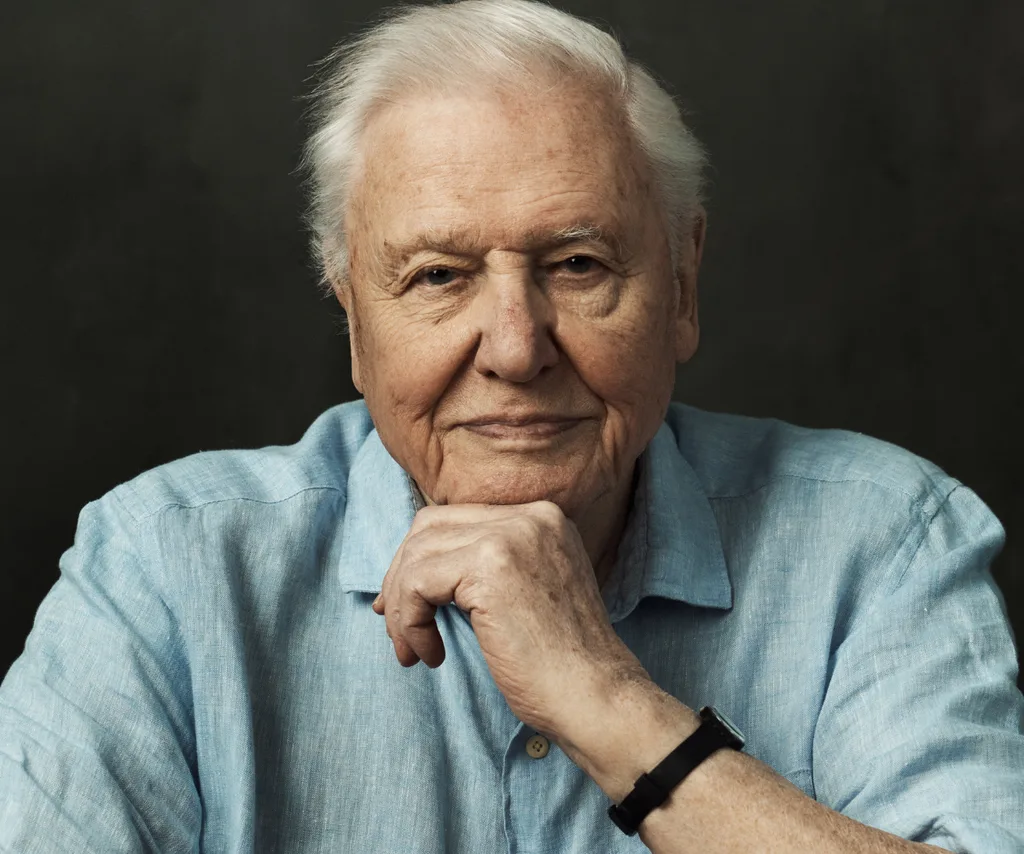
Frozen Planet I was released in 2011, and now a six part sequel is set to air.
(IMAGE: Supplied)For Alex, watching Chinstrap penguin chicks have to deal with the effects of an unprecedented amount of rain was a clear sign the weather has changed drastically in recent times.
”The penguins are getting way more rain than snow now, which means the chicks end up living in a quagmire, basically,” he says.
”Their nests get flooded and when it freezes again, the chicks can die.
”We saw these poor bedraggled chicks wet and freezing. Speaking to people who live there, they can see the weather is so much more unpredictable now.”
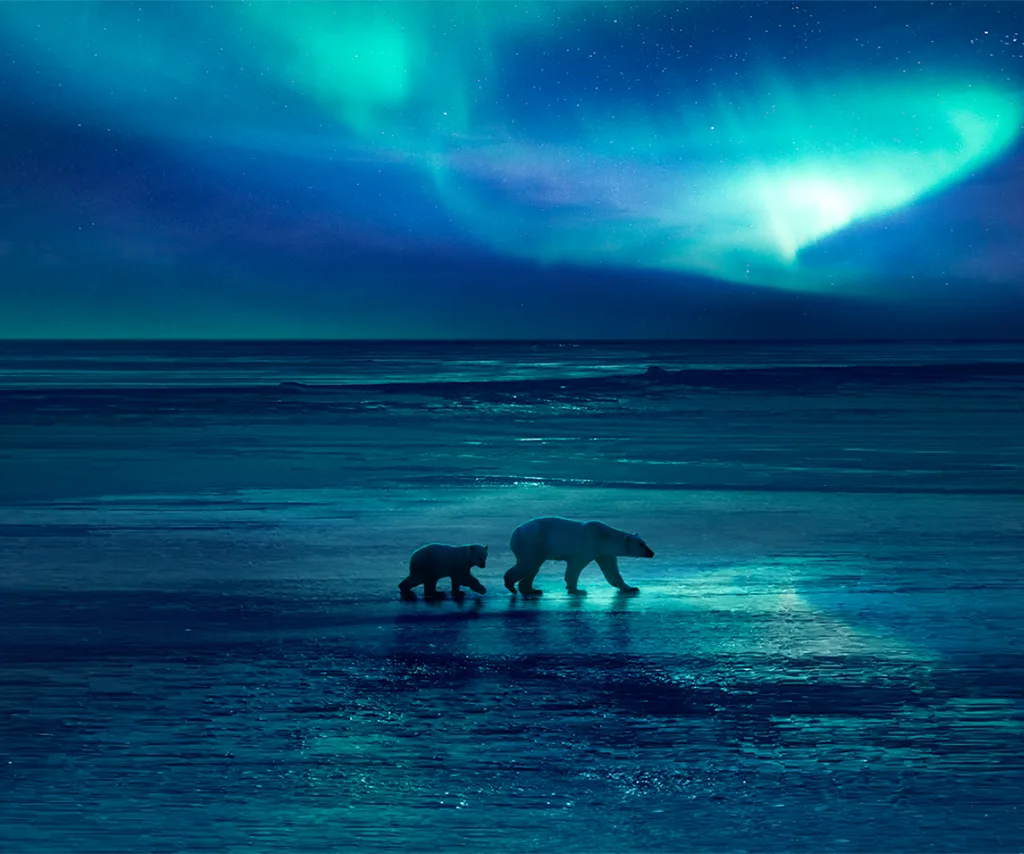
A polar bear mother and cub make their way across the ice.
(IMAGE: Supplied)Alex hopes viewers can still find a sense of wonder in the beautifully shot documentary.
”I hope people can take in the wonder of the amazing places that still exist in the world,” he says.
”We have these incredible frozen places, as well as the animals that inhabit them. It’s beautiful, and there are so many exciting parts. I also hope there’s a sense we really need to do something to protect these places.”
